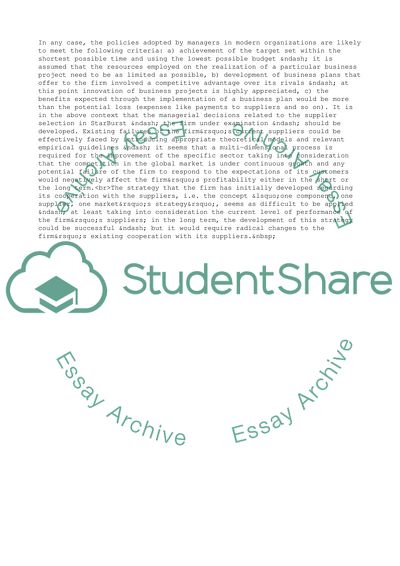Cite this document
(Operations Management of StarBurst Technologies Case Study - 10, n.d.)
Operations Management of StarBurst Technologies Case Study - 10. Retrieved from https://studentshare.org/management/1732424-operations-management
Operations Management of StarBurst Technologies Case Study - 10. Retrieved from https://studentshare.org/management/1732424-operations-management
(Operations Management of StarBurst Technologies Case Study - 10)
Operations Management of StarBurst Technologies Case Study - 10. https://studentshare.org/management/1732424-operations-management.
Operations Management of StarBurst Technologies Case Study - 10. https://studentshare.org/management/1732424-operations-management.
“Operations Management of StarBurst Technologies Case Study - 10”, n.d. https://studentshare.org/management/1732424-operations-management.


